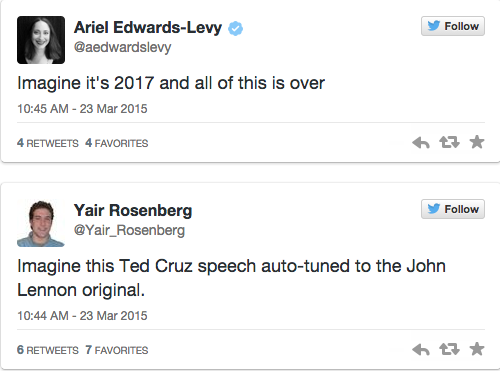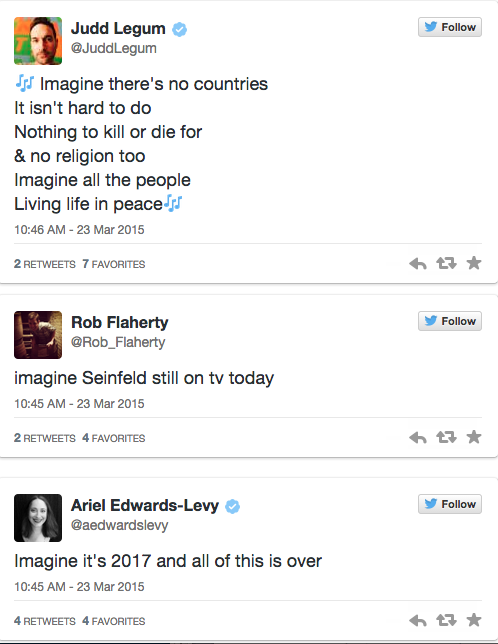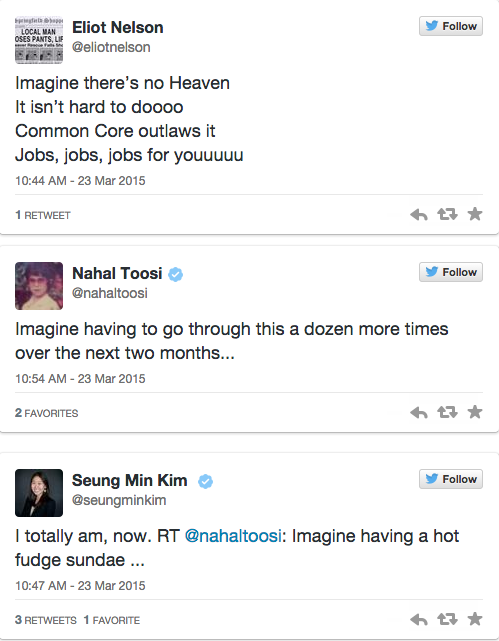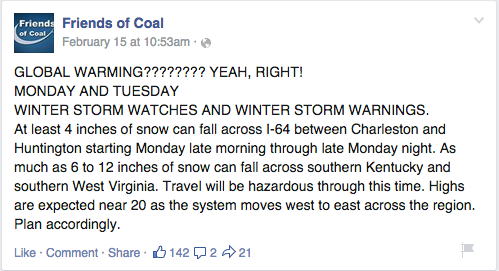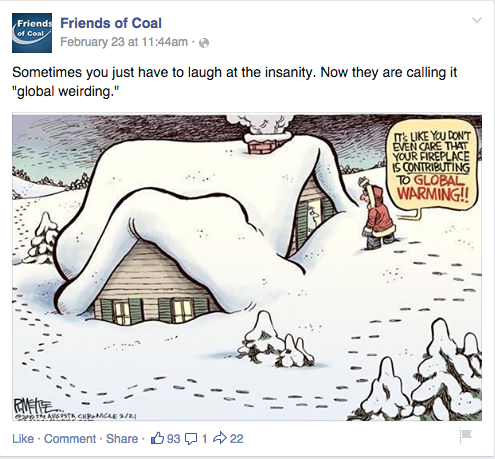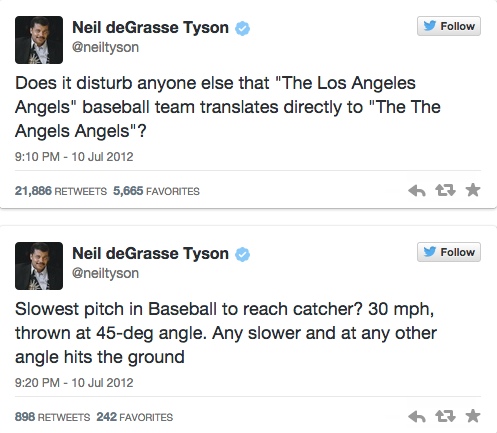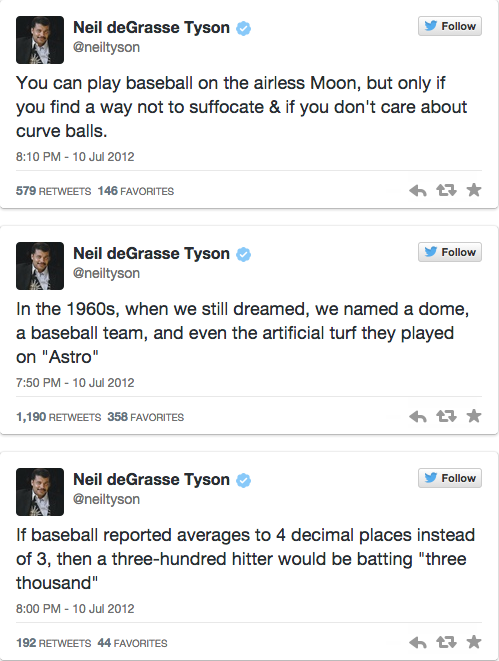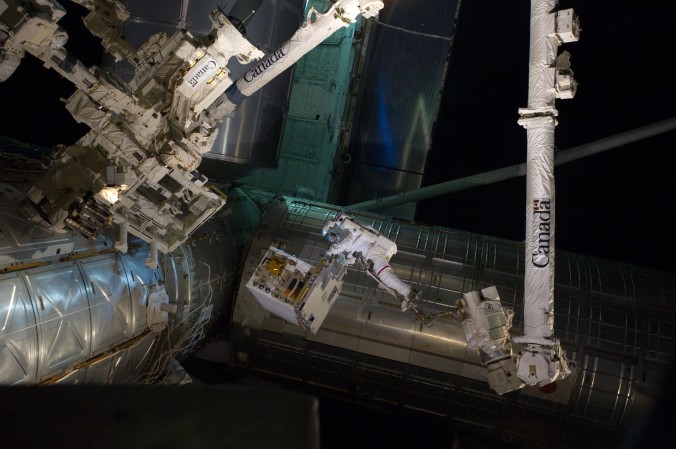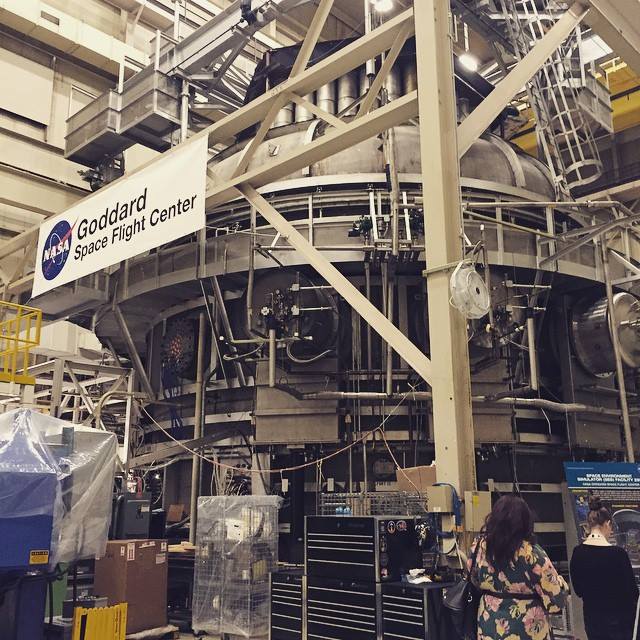And they’re off!
That’s right ladies and gentlemen; it is once again election season.
Now, I can’t lie, elections are kind of my guilty pleasure. There are debates, lies, scandals and memes. LOTS of memes. The Internet simply love an election! For example, during his presidential campaign announcement, Ted Cruz might have said the word imagine one too many times.
This year’s election is sure to be a crowd pleasure for a variety of reasons. First, there’s no incumbent, second, we had a pretty impressive shift in party majority and minority in Congress in the last round of elections, and third, both parties have their fair share negativity to contend with.
Last but not least, though, science will play a lead role in the campaigns.
A recent Quartz piece addressed this exact issue. “In a January poll, US voters told the Pew Research Center that the environment, as an issue, was number 13 on their priority list. Terrorism, the economy, jobs, education, and social security top the list.”
For Appalachia, though, separating economy and environment isn’t as easy, and treating the two issues separately has proven to be tough for the area.
More than 10,000 miners have lost jobs over the past two-and-a-half years in southern West Virginia and Eastern Kentucky, and although there are a handful of reasons for the coal industry decline in the area, many blame government oversight and regulation from agencies like the EPA.
We already know that Appalachia doesn’t always openly accept climate change, so what role will it play in the election?
It’s hard to say for sure just how important science will be in the main campaign messages, and all the current hopeful candidates (and those we expect to run) have made it clear what their positions are on the issue.
This election, probably more than any other, requires Appalachians to think about the environment and the economy as a pair and as separate issues. I look forward to seeing how the area copes with climate change policy, whatever that might be.
